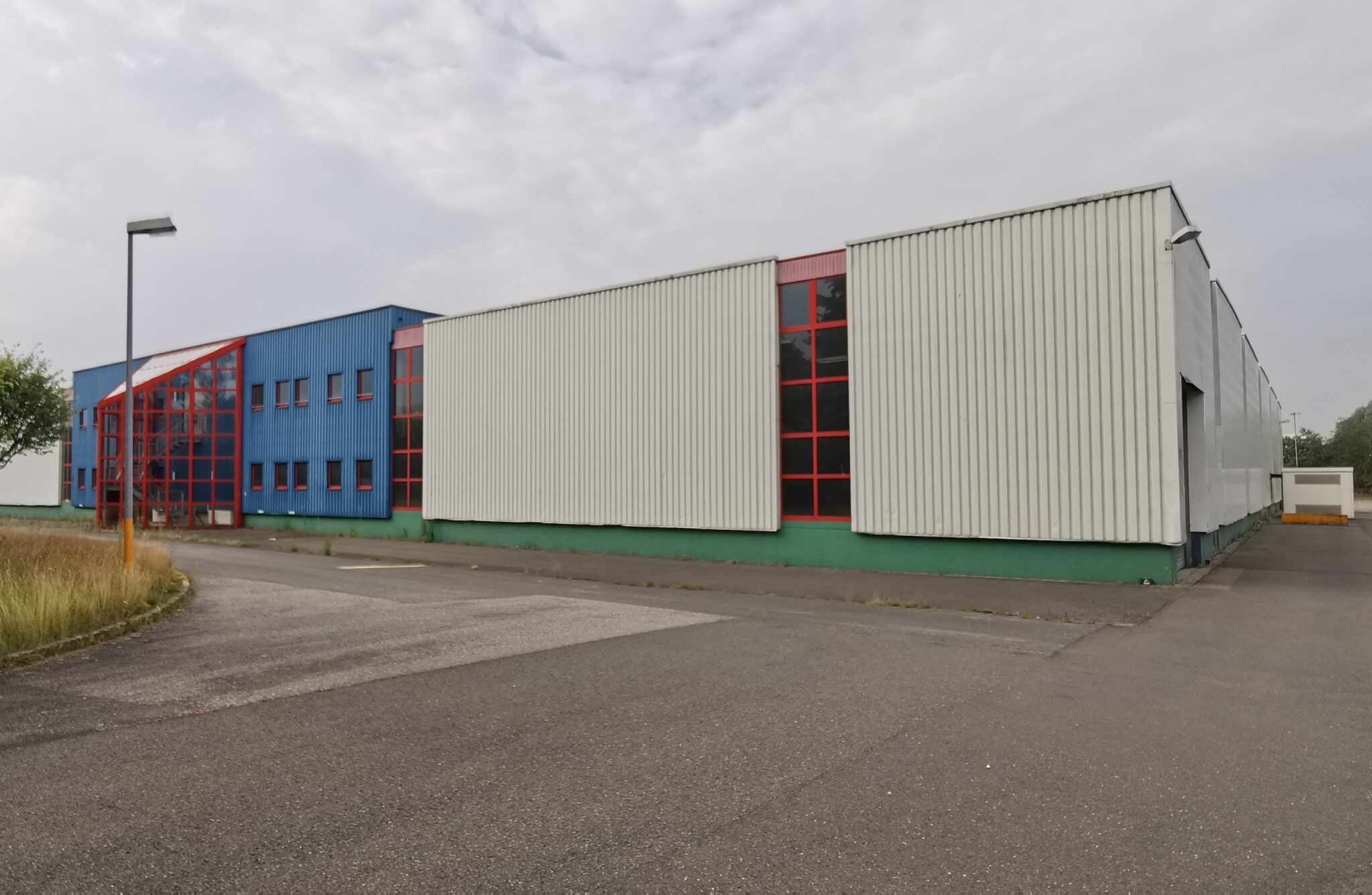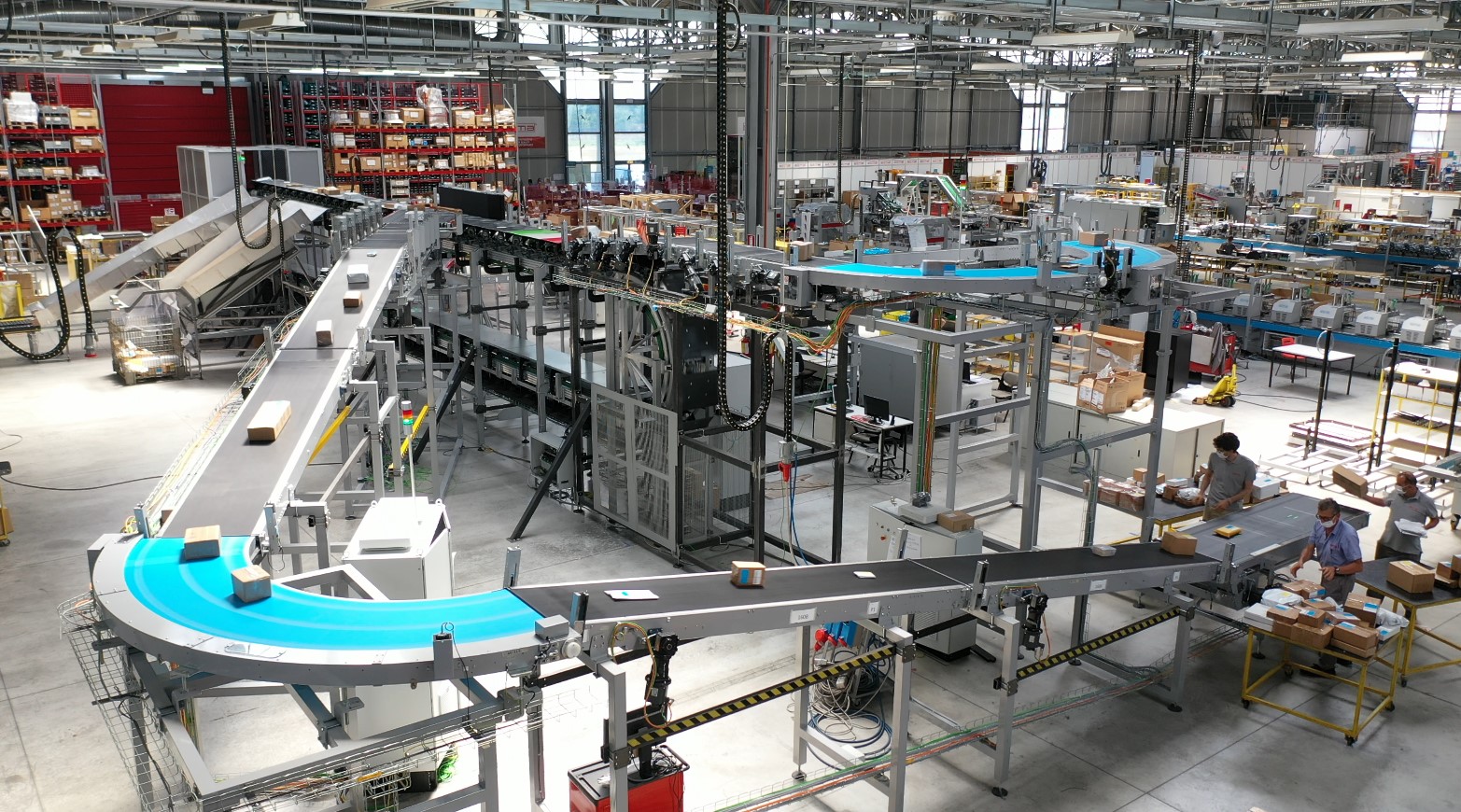UK docks are clogged up and stock is being held up. But, asks Gary Peters, Director at The Metals Warehouse, could this be a blessing in disguise for UK manufacturers?
UK ports have faced a tough time over the past couple of years with Brexit and COVID-19 dealing almost fatal blows to the global shipping industry.
Enter 2021 and the blockage of the Suez Canal by a cargo ship that brought global trade to a standstill. The canal, which sees approximately 10% of global trade pass through, was blocked for a total of six days, holding up an estimated $9.6 billion worth of trade every day. Despite the blockage happening in March, we are still seeing a backlog of goods at UK and European ports with consumers inevitably paying the price.
With trade now beginning to flow again – albeit at a slow pace – the shipping industry is beginning to patch its wounds. But with the cost of importing to the UK, as high as it’s ever been, is there an opportunity for UK manufacturers?
Firstly let’s deal with the matter at hand. The manufacturing industry is facing delays in supplies as a result of the backlog at ports around the globe. A combination of Brexit delays, the Suez Canal blockage, and increasing global demand for shipping containers means that we’ll feel the impact of this for quite some time yet.
Back in May, 60% of British suppliers reported experiencing a number of import delays. The Brexit Trade Agreement has also left many ports and logistics firms struggling with paperwork and red tape for checks on goods entering Northern Ireland. In February, a host of executives from ports, haulage, logistics, and customs clearance firms, pleaded with UK and EU officials to delay fuller checks on goods.
We now have the case that some customs documentation being demanded to approve short, next-day deliveries by truck have been designed to manage deep-sea shipments between China, the USA, and Europe.
This has only added to the dire situation at UK docks with stock sitting on warehouse shelves and in the back of lorries. In more extreme cases, we are seeing more and more businesses refusing to ship to Northern Ireland as a result of Brexit regulations on goods.
Fallout
One key takeaway from this is that shipping container prices have, as a result, skyrocketed. We now have a situation where it’s costing in excess of $16,000 (approximately £11,500/€13,500) per cargo 40’ container, leaving many retailers and manufacturers in choppy waters.
Although this isn’t just the fault of Brexit or the backlog of ships at UK docks, but also because there is a global shortage of shipping containers which inevitably is the main culprit for the rising costs.
Nissan and Honda are just two of the automotive manufacturing giants that are impacted by the shortage, having faced delays in January due to being unable to secure materials from Asia. To put it simply, there aren’t enough cargo containers in the right places to deal with the demand, nor are new ones being built quick enough with resources continuing to be depleted.
COVID-19 and the issue at the docks have also affected The Metals Warehouse, but we also saw this as an opportunity to reflect on how we did business. For many years, the business we run prioritised turnover over profit and we thought if we didn’t take on a job, that customer wouldn’t ever come back to us. In hindsight, for us, this was the wrong mindset to have, but it’s how we have been for so long.
Over the last 12 months, though, we have said no. There are a few reasons for that. Prices have started to go up and we’re not in a position to be able to sell products as cheap as what we once did. Due to the issues at the ports, we haven’t had the depth of stock that we used to have in place and therefore we have had to be selective in who we sell to.
The last 12 months have shown us that we don’t have to undercut the market for our existence.
Opportunities
As already alluded to, container prices are rising and it’s becoming more expensive than ever to ship to the UK. However, this doesn’t need to be a bad thing for UK-based manufacturers.
The rise in prices we are talking about is making those markets further afield less competitive. In recent history, we’ve lost a lot of business overseas. For many years, China was the cheapest option for manufacturing materials and in terms of cost of production and labour, it probably still is.
But now that businesses are having to pay over $16,000 (£11,500/€13,500) to get it to the UK, this opens up a vacuum that can be filled by UK manufacturers.
In addition to the high cost, if some do decide to pay, those containers are then stuck at the docks for weeks on end and causing a huge backlog.
I honestly believe there is a huge opportunity now for UK manufacturers to show businesses that they can provide the goods and services locally. It’s up to us as manufacturers now to truly own this and begin to rebuild the nation’s trust in the manufacturing industry.
Believe it or not, but manufacturing is in the best state that we’ve ever known it and even more surprisingly so, COVID-19 has a lot to do with that.
This time last year, people were ditching their plans to go abroad and were instead investing their cash in home renovations and DIY projects. Will that happen again this year? I don’t think so. Instead, one thing that we are going to see boom during the second half of this year is tourism.
While it could be sensible to plan for a drop in consumer demand, perhaps we should also look more optimistically at the great potential of the industry as opposed to its immediate shortfalls.
If UK manufacturers can really begin to get a hold of the industry again, I’m confident we will see through this uncertain and challenging period.







